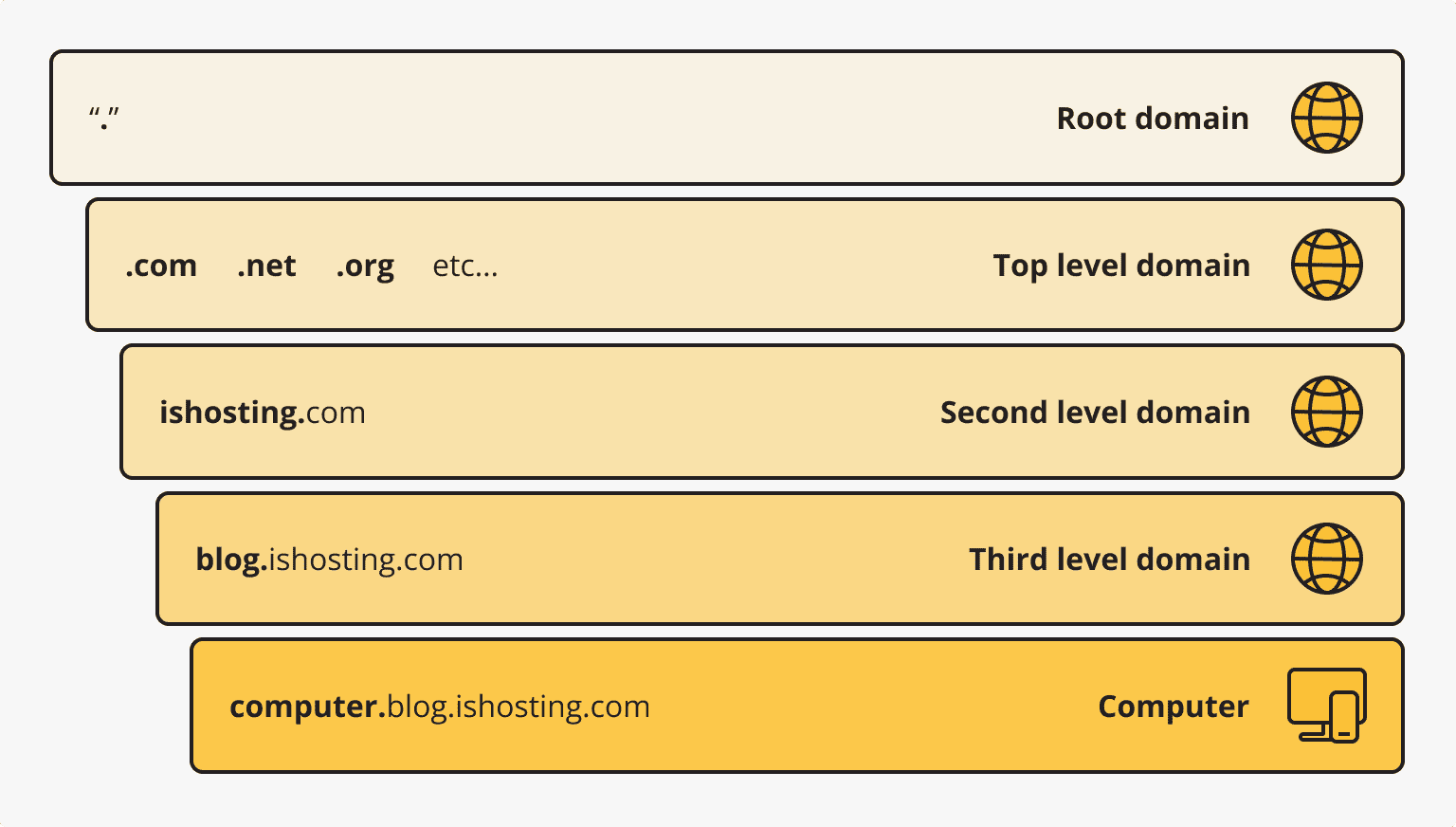Have you ever wondered how brands like Dove or LOreal stay so relevant on the market? According to specialists, they match the market’s latest needs and deliver fresh content to the public. These companies have been around for years, but they always manage to look fresh. In fact, they feel modern, and people are excited to discover their new products. Everything comes to their branding strategy.
As we move forward into the digital age, it’s paramount for companies to evaluate the health of their brands. Their clients are online daily, and one wrong move from a company can shift their clients’ perception negatively and undo all their efforts to appeal to the public.
If you’re running a business, it’s time to ask yourself if your brand is clean and fresh. Does it capture the public’s attention like a popping bottle of champagne? Or is it outdated, and the online audience doesn’t really engage with it?

What is Brand Health?
By checking your brand’s health, you measure its effectiveness in achieving your goals. Specialists define brand health as a set of metrics used to review your brand’s performance that provides information about your audience’s perception of the brand, services, products, communication, and public image. To put it in fewer words, it helps you figure out how happy your customers are with your brand and what aspects stand apart.
It’s essential to highlight that brand health goes beyond customer satisfaction and integrates the performance of your entire brand. A healthy brand delivers a polished, positive, and consistent experience at all times.
You need to use a set of measures to determine how effective your company is in achieving its objectives. Each metric focuses on a distinct area, but they all come together to provide you with the full picture, so you can understand how you can turn your brand into a valuable asset.
Why Should You Track Your Brand’s Health?
The specialists from Savanta Research Company state that companies shouldn’t rely solely on client data to make decisions or on the amount of revenue to understand if they are successful. They should use surveys to document their brands’ health and gain insights into what they can do to expand their operations, compare their performances to their competitors, and innovate. The competitive market makes it crucial for companies to care for their brand’s wellness if they want to gain success.
Brand health is a key indicator for long-term success because it shows how a company is doing from the financial perspective, how well the products perform on the market, and how satisfied the public is.
Market research helps businesses identify their strengths and weaknesses and whether they should focus their attention on specific aspects like developing marketing campaigns, improving their reputation, boosting brand awareness, or expanding their customer base. Research should respond to the following questions:
– Does the public associate the brand with something positive?
– Do target clients recognize the brand?
– How easy is it to find information about the company?
– Do negative stories circulate online regarding the brand?
– How memorable is the brand?
– How does the public use the brand and purchase products?
Brand health management enables businesses to gain a competitive advantage because of it:
– Provides them with insight into the public’s preferences, expectations, and pain points
– Offers new opportunities by understanding what prospects think about the brand and its competitors
– Prioritises investment in essential resources that boost long-term success.
How Can You Measure Brand Health?
As mentioned earlier, you need to check several metrics to get a full picture of how well your brand is doing. Each piece of data has its own significance and provides unique information about your business. For example, your products might be easily recognizable on the market, but the buy impulse is quite low. You cannot understand what harms your revenue until you check all metrics. Here are the ones you should turn your attention to.
Brand Awareness
Brand awareness is the extent to which the public is aware of your company and recognizes your logo, products, and brand colours. It’s crucial to determine if the public knows about your brand and how they perceive it. You can use the share of voice metric to measure how often your products and brand are mentioned over a period.
You want your brand to be popular, grab headlines’ attention, and go viral. Having a high level of brand recognition is crucial during the first phases of starting a company because it directly impacts sales.
NPS and CSAT
These two metrics indicate customer loyalty, and it’s crucial to score highly in both if you want to build a strong relationship with your audience. Businesses usually rely on NPS to find out how the customers perceive them because it measures how they feel about the brand based on a single question “How likely are you to recommend the Brand to a friend or colleague?” Responders can use values from 0 (not at all likely) to 10(extremely likely). CSAT is short for customer satisfaction and is measured by asking people the question. “
How would you rate your satisfaction with the received services/products?”
Brand Reputation
When evaluating your brand’s health, it’s crucial to know how many people are aware of your company’s existence. And knowing what they are saying about it is paramount because brand reputation is measured according to the public’s perception. Brand reputation is also about the emotional connection between your company and your clients, and you can measure it by tracking the mentions.
Purchase Behavior
Consumer buying behavior provides information about your prospects’ activities before buying your products. They might check your social media profiles, use search engines to research your brand or write and read social media comments. Understanding what steps they follow in their purchasing journey helps companies customize and organize their marketing strategies so they can meet the prospects in the places they already are.
Final Thoughts
Good brand health is a vital component of a successful company, and you shouldn’t ignore it.




















